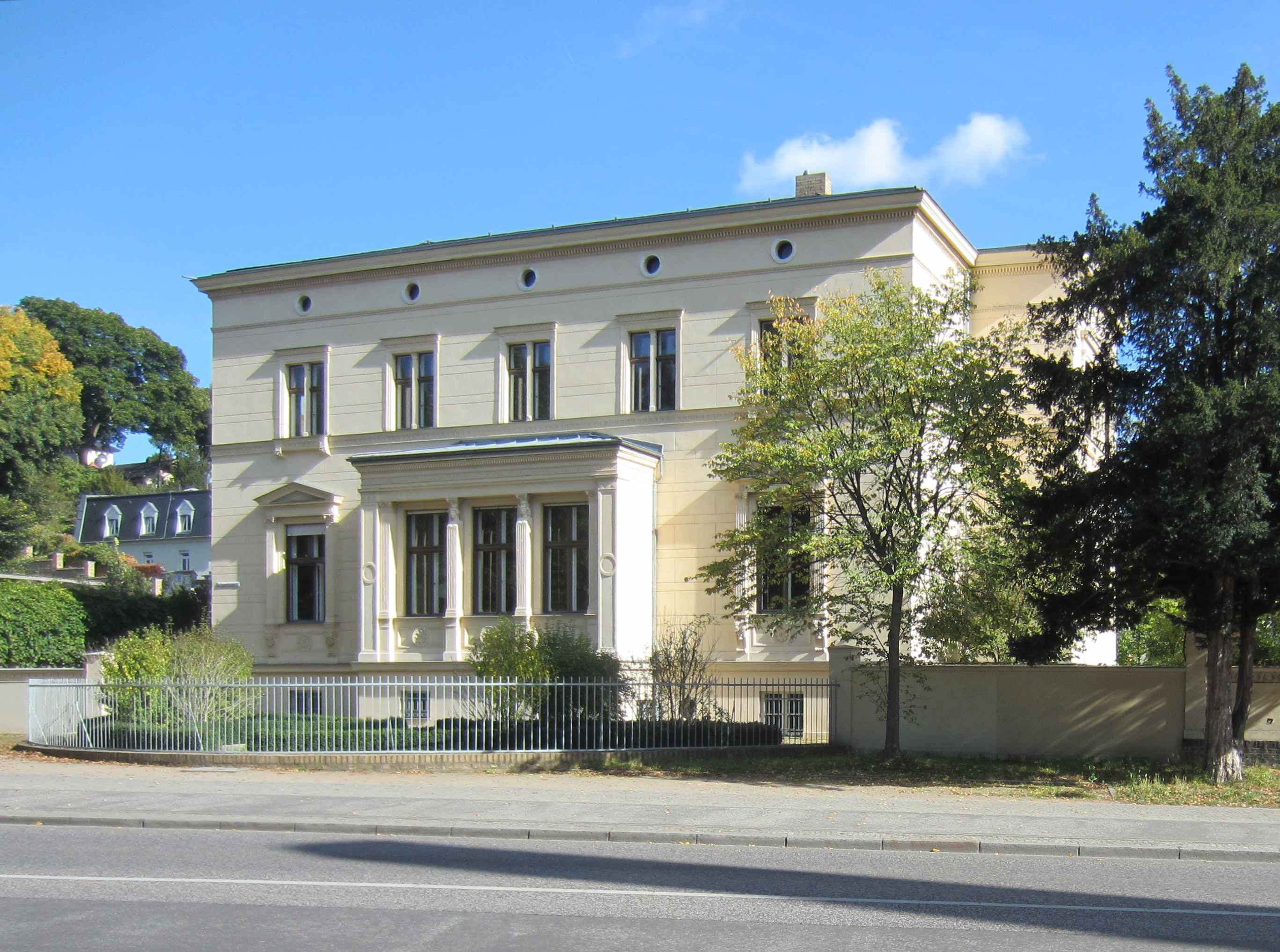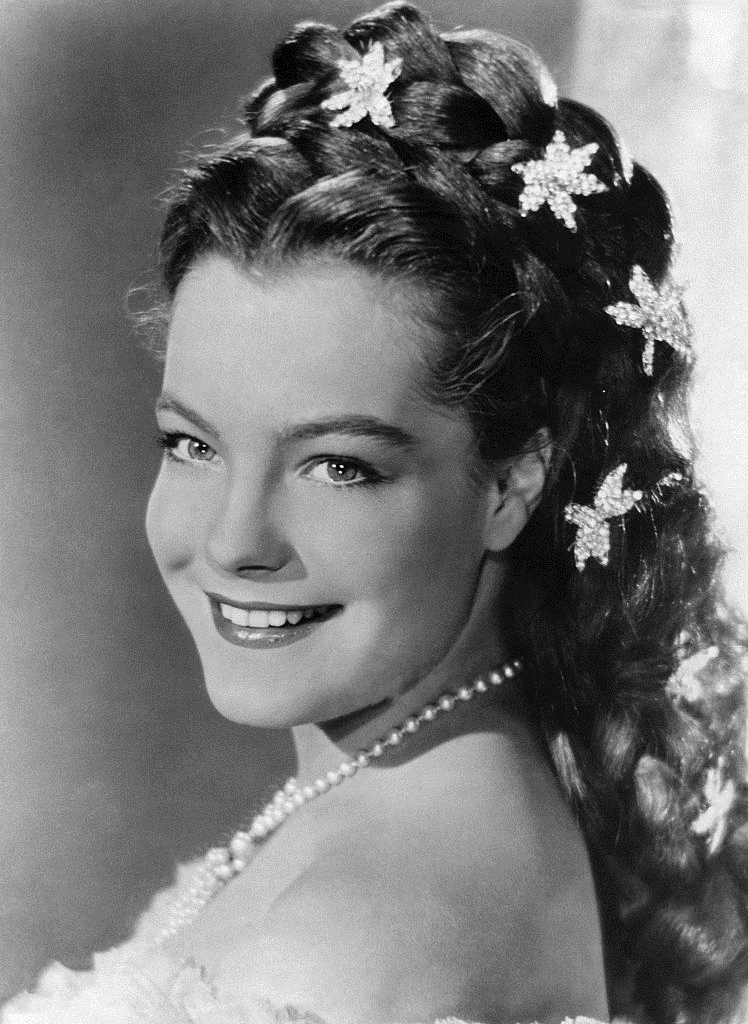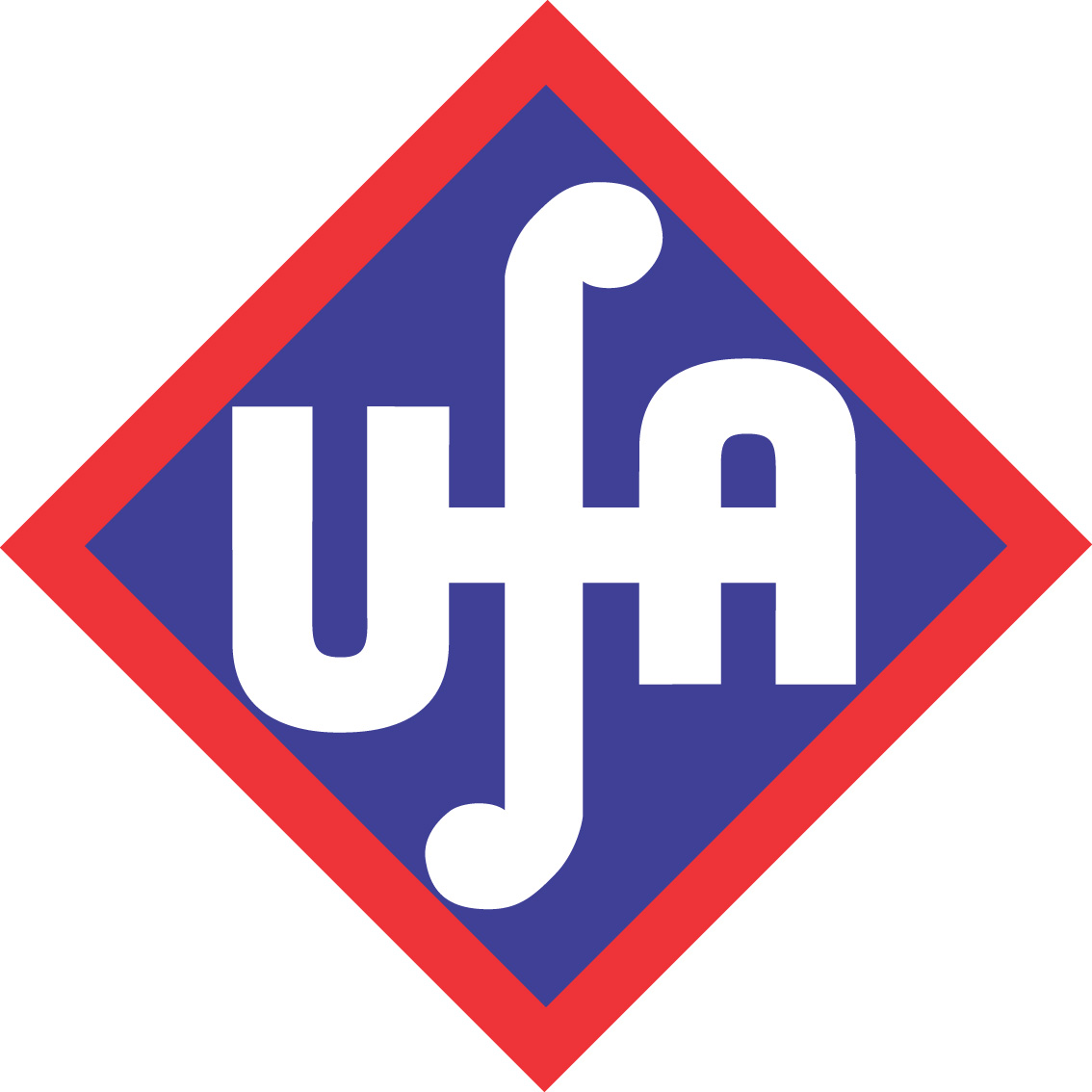|
Jagdschloss Glienicke
Jagdschloss Glienicke is a hunting lodge in the Berlin district of Wannsee near Glienicke Bridge. Babelsberg and Glienicke Palace can be seen nearby. Originally constructed in the late-17th century and expanded in the mid-1800s, the castle is part of the Palaces and Parks of Potsdam and Berlin UNESCO World Heritage Site, owing to its cohesion with the surrounding landscape and its testimony to the power of Prussia in the 17-19th centuries. History The construction of a small lodge was begun in 1682-84 under the "Great Elector" Frederick William of Brandenburg, together with a cavalier house and stables, possibly according to plans designed by Charles Philippe Dieussart. The castle grounds were completed in 1693 during the reign of his successor Frederick III. When Elector Frederick rose to a ''King in Prussia'' in 1701, he had the castle lavishly rebuilt in a Baroque style. King Frederick William I of Prussia used it as a military hospital. In 1763, King Frederick the Great gave i ... [...More Info...] [...Related Items...] OR: [Wikipedia] [Google] [Baidu] |
Wannsee
Wannsee () is a locality in the southwestern Berlin borough of Steglitz-Zehlendorf, Germany. It is the westernmost locality of Berlin. In the quarter there are two lakes, the larger ''Großer Wannsee'' (Greater Wannsee, "See" means lake) and the ''Kleiner Wannsee'' (Little Wannsee), located on the River Havel and separated only by the Wannsee Bridge. The larger of the two lakes covers an area of and has a maximum depth of . Geography Overview At the western rim of the Wannsee locality the Glienicke Bridge connects it with the city of Potsdam. The late neoclassical Glienicke Palace as well as the Pfaueninsel are nearby. Since 1990 these palaces and parks have formed part of the Palaces and Parks of Potsdam and Berlin UNESCO World Heritage Site. The locality is centred on the ancient village of Stolpe, known to exist in 1299. The locality also includes the districts of Kohlhasenbrück (named after the 1811 novella '' Michael Kohlhaas'' by Heinrich von Kleist) and Steinstücken ... [...More Info...] [...Related Items...] OR: [Wikipedia] [Google] [Baidu] |
Ferdinand Von Arnim
Heinrich Ludwig Ferdinand von Arnim (15 September 1814 – 23 March 1866) was a German architect and watercolour-painter. He was a student of Karl Friedrich Schinkel and mainly worked in Berlin and Potsdam. Life Arnim was born in Treptow an der Rega in Pomerania (present-day Trzebiatów, Poland), the son of Prussian Captain Friedrich Ludwig von Arnim and his wife Henriette, née Gadebusch. He trained as a land surveyor and studied architecture at the Royal Prussian Building School (''Bauakademie'') in Berlin between 1833 and 1838. Having completed his studies, he joined the Berlin Architects' Association in 1839, from 1840 he worked as site foreman under Friedrich Ludwig Persius and in 1844 was appointed building inspector official. Upon Persius' death in 1845, Arnim became a member of the Berlin City Palace building committee under Friedrich August Stüler and house architect of the Hohenzollern prince Charles of Prussia at his residence in Klein-Glienicke. He was e ... [...More Info...] [...Related Items...] OR: [Wikipedia] [Google] [Baidu] |
Max Taut
Max Taut (15 May 1884 – 26 February 1967) was a German architect of Prussian Lithuanian heritage. Biography Max Taut was born in Königsberg, the younger brother of Bruno Taut. He, his brother and Franz Hoffman formed Taut & Hoffman, an architecture firm in Berlin, In the 1920s, Max Taut was particularly known for his office buildings for trade unions. Between 1922 and 1925, he built one house a year on Hiddensee island, each one very different from the others. The Deutscher Buchdrucker building (1924–1926) on Dudenstraße in Berlin"Das Haus der Deutschen Buchdrucker" Medien Galerie. Retrieved 7 August 2011 and the consumer cooperatives' department store (1930–1933) on Oranienplatz are two of his most important buildings and are on the Berlin list of |
Berlin Wall
The Berlin Wall (german: Berliner Mauer, ) was a guarded concrete barrier that encircled West Berlin from 1961 to 1989, separating it from East Berlin and East Germany (GDR). Construction of the Berlin Wall was commenced by the government of the GDR on 13 August 1961. It included guard towers placed along large concrete walls, accompanied by a wide area (later known as the "death strip") that contained anti-vehicle trenches, beds of nails and other defenses. The Eastern Bloc portrayed the Wall as protecting its population from fascist elements conspiring to prevent the "will of the people" from building a socialist state in the GDR. The authorities officially referred to the Berlin Wall as the ''Anti-Fascist Protection Rampart'' (german: Antifaschistischer Schutzwall, ). The West Berlin city government sometimes referred to it as the "Wall of Shame", a term coined by mayor Willy Brandt in reference to the Wall's restriction on freedom of movement. Along with the separat ... [...More Info...] [...Related Items...] OR: [Wikipedia] [Google] [Baidu] |
Romy Schneider
Romy Schneider (; born Rosemarie Magdalena Albach; 23 September 1938 – 29 May 1982) was a German-French actress. She began her career in the German genre in the early 1950s when she was 15. From 1955 to 1957, she played the central character of Empress Elisabeth of Austria in the Austrian '' Sissi'' trilogy, and later reprised the role in a more mature version in Luchino Visconti's '' Ludwig'' (1973). Schneider moved to France, where she made successful and critically acclaimed films with some of the most notable film directors of that era. Early life Schneider was born Rosemarie Magdalena Albach in Vienna, six months after the ''Anschluss'' of Austria into Nazi Germany, to actors Magda Schneider and Wolf Albach-Retty. Her paternal grandmother, Rosa Albach-Retty, was also an actress. Schneider's mother was German while her father was Austrian. Four weeks after Romy's birth, the parents brought her to Schönau am Königssee in Germany where she and later her brother Wo ... [...More Info...] [...Related Items...] OR: [Wikipedia] [Google] [Baidu] |
Mädchen In Uniform (1958 Film)
''Mädchen in Uniform'' (''Girls in Uniform'') is a 1958 French-West German drama film directed by Géza von Radványi and based on the play (credited here as "Ritter Nérestan") by Christa Winsloe. It was entered into the 8th Berlin International Film Festival. It is a remake of the 1931 film. It was shot at the Spandau Studios in Berlin. The film's sets were designed by the art director Emil Hasler and Walter Kutz. Plot Manuela von Meinhardis, in the care of an unfeeling aunt after her mother dies, in 1910 is sent to a boarding school at Potsdam that is run under rigid Prussian discipline by the authoritarian headmistress. The only teacher to show her sympathy is Miss von Bernburg, who disagrees with the militaristic regime at the school and encourages the girls' self-expression through the arts. All Manuela's affection is poured out on the attractive Miss von Bernburg, who says that she belongs to all the girls and cannot have favourites. For the annual play, performed befor ... [...More Info...] [...Related Items...] OR: [Wikipedia] [Google] [Baidu] |
Babelsberg
Babelsberg () is the largest quarter (''Stadtteil'') of Potsdam, the capital city of the German state of Brandenburg. The affluent neighbourhood named after a small hill on the Havel river is famous for Babelsberg Palace and Park, part of the Palaces and Parks of Potsdam and Berlin UNESCO World Heritage Site, as well as for Babelsberg Studio, a historical centre of the German film industry and the first large-scale movie studio in the world. History A settlement on the small Nuthe creek was first mentioned in the 1375 ''Landbuch'' (domesday book) by Emperor Charles IV of Luxembourg, who also ruled as Margrave of Brandenburg since 1373. Then called ''Neuendorf'' (New Village) after its former West Slavic name ''Nova Ves'', it was shelled several times and was severely damaged during the Thirty Years' War. In the mid-18th century the new village of Nowawes was founded by King Frederick II of Prussia and settled with Protestant Bohemian deportees, predominantly weavers who as de ... [...More Info...] [...Related Items...] OR: [Wikipedia] [Google] [Baidu] |
World War II
World War II or the Second World War, often abbreviated as WWII or WW2, was a world war that lasted from 1939 to 1945. It involved the vast majority of the world's countries—including all of the great powers—forming two opposing military alliances: the Allies and the Axis powers. World War II was a total war that directly involved more than 100 million personnel from more than 30 countries. The major participants in the war threw their entire economic, industrial, and scientific capabilities behind the war effort, blurring the distinction between civilian and military resources. Aircraft played a major role in the conflict, enabling the strategic bombing of population centres and deploying the only two nuclear weapons ever used in war. World War II was by far the deadliest conflict in human history; it resulted in 70 to 85 million fatalities, mostly among civilians. Tens of millions died due to genocides (including the Holocaust), starvation, ma ... [...More Info...] [...Related Items...] OR: [Wikipedia] [Google] [Baidu] |
Universum Film AG
UFA GmbH, shortened to UFA (), is a film and television production company that unites all production activities of the media conglomerate Bertelsmann in Germany. Its name derives from Universum-Film Aktiengesellschaft (normally abbreviated as ''UFA''), a major German film company headquartered in Babelsberg, producing and distributing motion pictures from 1917 until the end of the Nazi era. The name UFA was revived by Bertelsmann for an otherwise unrelated film and television outfit, UFA GmbH. The original UFA was established as Universum-Film Aktiengesellschaft on December 18, 1917, as a direct response to foreign competition in film and propaganda. UFA was founded by a consortium headed by Emil Georg von Stauß, a former Deutsche Bank board member. In March 1927, Alfred Hugenberg, an influential German media entrepreneur and later Minister of the Economy, Agriculture and Nutrition in Hitler's cabinet, purchased UFA and transferred ownership of it to the Nazi Party in 1933. ... [...More Info...] [...Related Items...] OR: [Wikipedia] [Google] [Baidu] |
Historicism (art)
Historicism or historism (german: Historismus) comprises artistic styles that draw their inspiration from recreating historic styles or imitating the work of historic artisans. Lucie-Smith, Edward. ''The Thames and Hudson Dictionary of Art Terms''. London: Thames & Hudson, 1988, p. 100. This is especially prevalent in architecture, such as Revival architecture. Through a combination of different styles or implementation of new elements, historicism can create completely different aesthetics than former styles. Thus, it offers a great variety of possible designs. Overview In the history of art, after Neoclassicism which in the Romantic era could itself be considered a historicist movement, the 19th century included a new historicist phase characterized by an interpretation not only of Greek and Roman classicism, but also of succeeding stylistic eras, which were increasingly respected. In particular in architecture and in the genre of history painting, in which historical subj ... [...More Info...] [...Related Items...] OR: [Wikipedia] [Google] [Baidu] |
Prince Friedrich Leopold Of Prussia
Prince Friedrich Leopold of Prussia (german: Joachim Karl Wilhelm Friedrich Leopold; 14 November 1865 – 13 September 1931) was a son of Prince Frederick Charles of Prussia and Princess Maria Anna of Anhalt-Dessau, married in 1854. Family On 24 June 1889 he married in Berlin Princess Louise Sophie of Schleswig-Holstein-Sonderburg-Augustenburg (8 April 1866 in Kiel – 28 April 1952 in Bad Nauheim), a sister of Empress Auguste Viktoria, wife of Emperor Wilhelm II. Military career At age 10 in 1875 Kadett, in 1885 Premierlieutnant ( Oberleutnant), 1888 Rittmeister (Hauptmann), 1890 Major and 1893 Oberst. In the same year promoted to Generalmajor, commander of the Gardes du Corps, a Cuirassiers regiment of the 1st Guards Cavalry Brigade. Colonel-in-Chief of the Austrian k.u.k. Husarenregimentes Nr. 2 Friedrich Leopold, Prinz von Preußen (since 17. April 1742). 1898 Generalleutnant, leader of Kavallerieinspektion Potsdam. In 1902 General der Kavaller ... [...More Info...] [...Related Items...] OR: [Wikipedia] [Google] [Baidu] |
Peter Joseph Lenne
Peter may refer to: People * List of people named Peter, a list of people and fictional characters with the given name * Peter (given name) ** Saint Peter (died 60s), apostle of Jesus, leader of the early Christian Church * Peter (surname), a surname (including a list of people with the name) Culture * Peter (actor) (born 1952), stage name Shinnosuke Ikehata, Japanese dancer and actor * ''Peter'' (album), a 1993 EP by Canadian band Eric's Trip * ''Peter'' (1934 film), a 1934 film directed by Henry Koster * ''Peter'' (2021 film), Marathi language film * "Peter" (''Fringe'' episode), an episode of the television series ''Fringe'' * ''Peter'' (novel), a 1908 book by Francis Hopkinson Smith * "Peter" (short story), an 1892 short story by Willa Cather Animals * Peter, the Lord's cat, cat at Lord's Cricket Ground in London * Peter (chief mouser), Chief Mouser between 1929 and 1946 * Peter II (cat), Chief Mouser between 1946 and 1947 * Peter III (cat), Chief Mouser between 1947 a ... [...More Info...] [...Related Items...] OR: [Wikipedia] [Google] [Baidu] |






